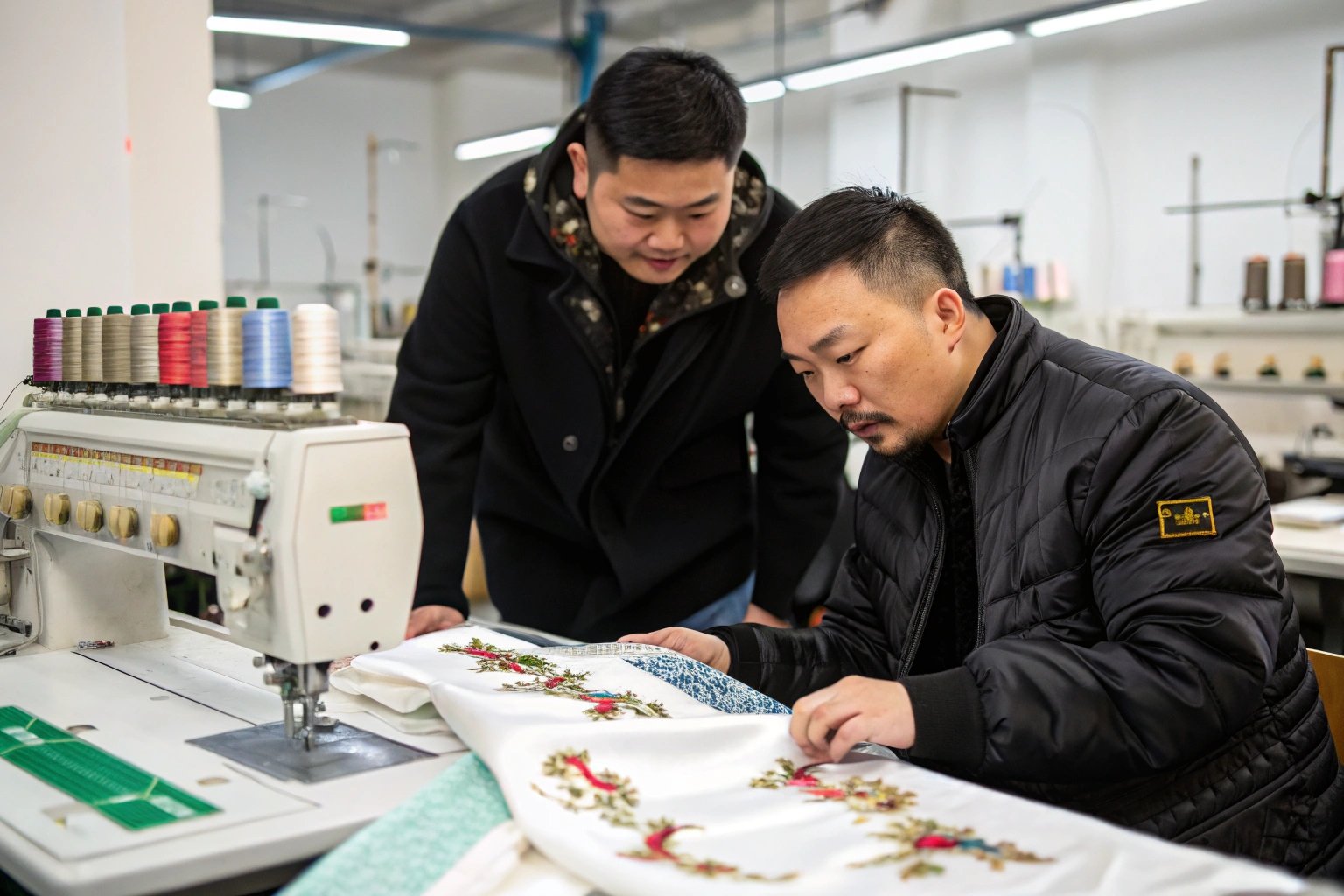Small fashion brands often face the challenge of finding suppliers who are willing to offer custom embroidery services without requiring large-scale orders. Traditional factories are structured around bulk production, leaving startups and boutique labels struggling to meet minimum order quantities (MOQ). At Fumao Fabric, I’ve worked with hundreds of ambitious entrepreneurs who want to stand out but don't have enterprise-level budgets.
Small brands can access low MOQ custom embroidery by partnering with integrated suppliers, leveraging digital sampling, and focusing on scalable design strategies that balance cost and customization. We've helped emerging labels produce as few as 50 pieces per design without compromising on embroidery quality or finishing.
Many startups assume that embroidered products are out of reach until they're big enough. That’s no longer true. Read on to discover how to get high-quality embroidered goods—even with modest order volumes—by choosing the right partner, process, and strategy.
What Is the Minimum Order Quantity for Embroidery?
The idea of MOQ can intimidate small businesses. In embroidery, MOQs vary wildly—from 500 to 5,000 units—especially in large-scale facilities. But this number is changing with the rise of demand-driven microproduction.
Modern embroidery factories with flexible workflows can offer MOQs as low as 30–100 units by using digital embroidery setups and modular production lines. At Fumao, we accommodate small runs by batching similar designs and offering shared dyeing or finishing resources, keeping costs manageable for boutique clients.
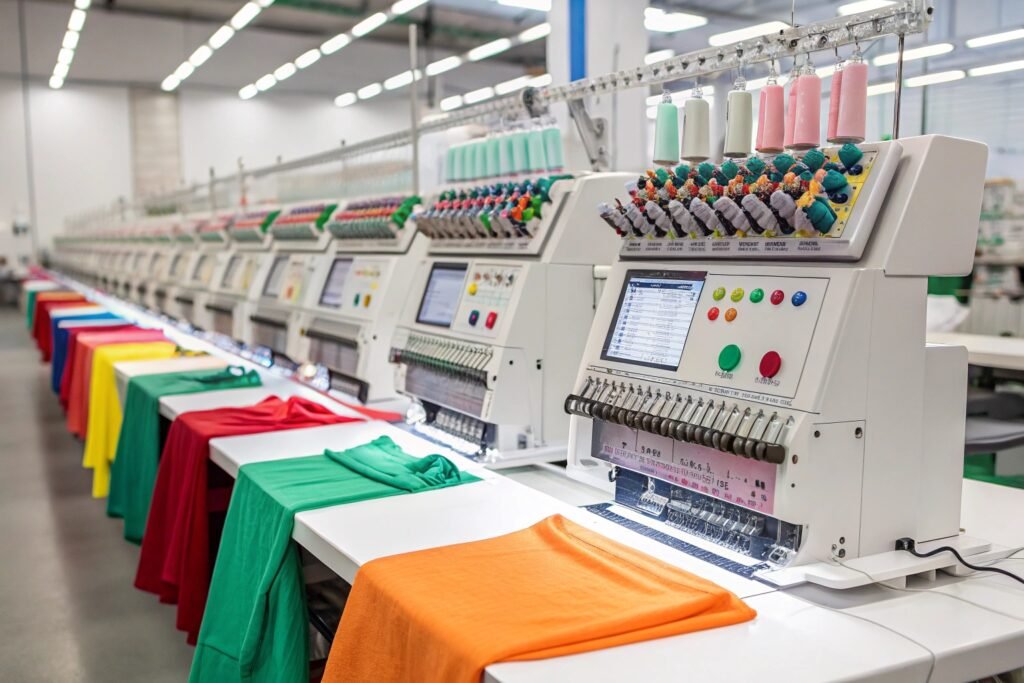
Why Do Embroidery Factories Require High MOQs?
High MOQs often result from setup costs, labor allocation, and equipment efficiency. Digitizing a logo or design involves custom software input, thread calibration, test swatches, and machine alignment. This preparation is nearly the same for 50 units as for 5,000, so many suppliers prefer bulk orders to maximize returns.
However, advanced digital embroidery machines and agile production systems now allow optimized runs at lower volumes. By batching different small orders or using common base fabrics, we reduce waste and amortize setup costs. This has made us a go-to supplier for small brands from the US and EU seeking premium work without large inventory risk.
Can MOQ Be Negotiated with Customization?
Yes, MOQ is often flexible—especially when clients are willing to adapt. Choosing readily available base fabrics, limiting thread colors, or simplifying artwork can cut prep time and costs. Some clients use embroidered patches instead of direct embroidery, which allows design reuse across multiple SKUs.
At Fumao, we consult early in the sampling process. A client recently asked for metallic embroidery on velvet for a capsule collection. We advised switching to satin with rayon thread to maintain shimmer, reduce snag risk, and lower MOQ to 80 pieces. That agility helped the brand meet both budget and quality expectations.
How to Choose the Right Embroidery Supplier?
With thousands of suppliers in China alone, it’s easy to get overwhelmed. Choosing a reliable embroidery partner goes beyond pricing.
The right embroidery supplier offers flexibility in MOQs, robust quality control, digital design sampling, and strong communication. Look for experience in small-batch projects, responsive sales support, and full-package services—especially if you’re sourcing fabric and embroidery together.
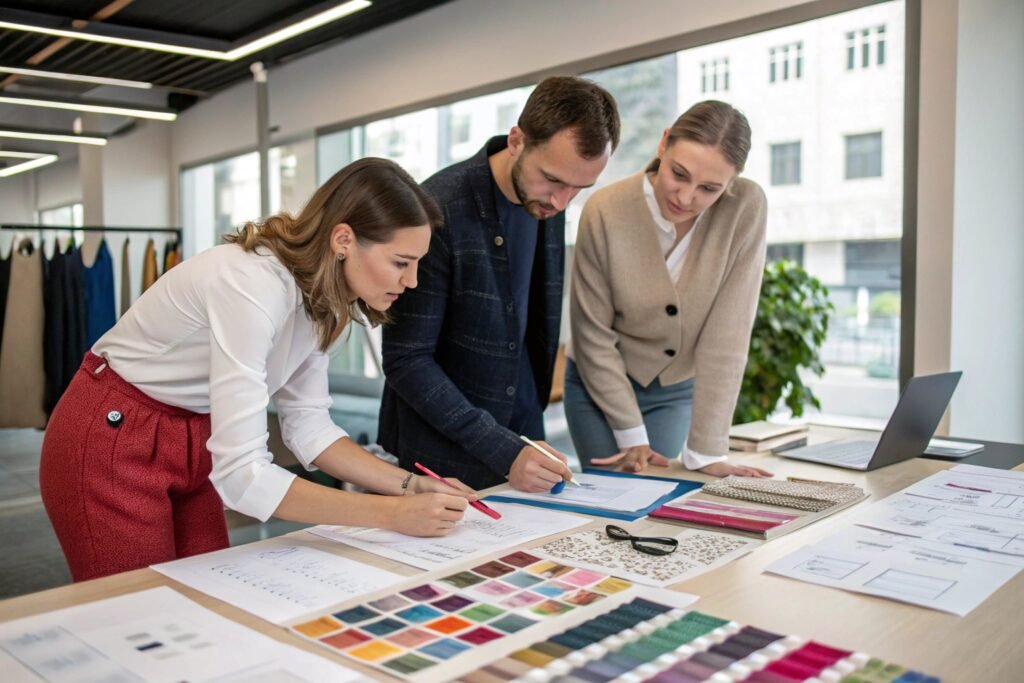
What Certifications or Capabilities Should You Check?
Certifications like OEKO-TEX® or CNAS ensure safety and compliance. For export to the US or EU, confirming your supplier meets these standards is critical. A good embroidery facility should also be equipped with multi-head digital machines, colorfast threads, and proofing tools like real-time simulation software.
We welcome virtual visits through video calls to showcase our inspection lab and production floor. You can preview stitch patterns, thread palettes, and sample runs before committing to bulk. That transparency builds trust—especially for first-time buyers navigating Chinese sourcing platforms.
How Do Language and Communication Impact Small Orders?
When MOQs are low, there's no room for miscommunication. A missed logo placement or color error affects a large percentage of your inventory. Clear tech packs, fast email replies, and experienced export support matter as much as the embroidery itself.
That’s why our English-speaking team offers pre-production mockups, pantone color matching, and even logistics planning. We understand that small brands may not have full design teams, so we help translate creative vision into actionable specs. Our goal is to make the embroidery process feel as intuitive and reliable as working with a local studio.
What Types of Custom Embroidery Are Best for Small Runs?
Not every embroidery method fits low-volume production. Some styles are labor-intensive, while others can be efficiently batch-processed.
For small runs, techniques like satin stitch, 3D puff embroidery, and pre-made patches offer premium looks without complex setup. We guide our clients to choose designs that suit both their aesthetics and order size.
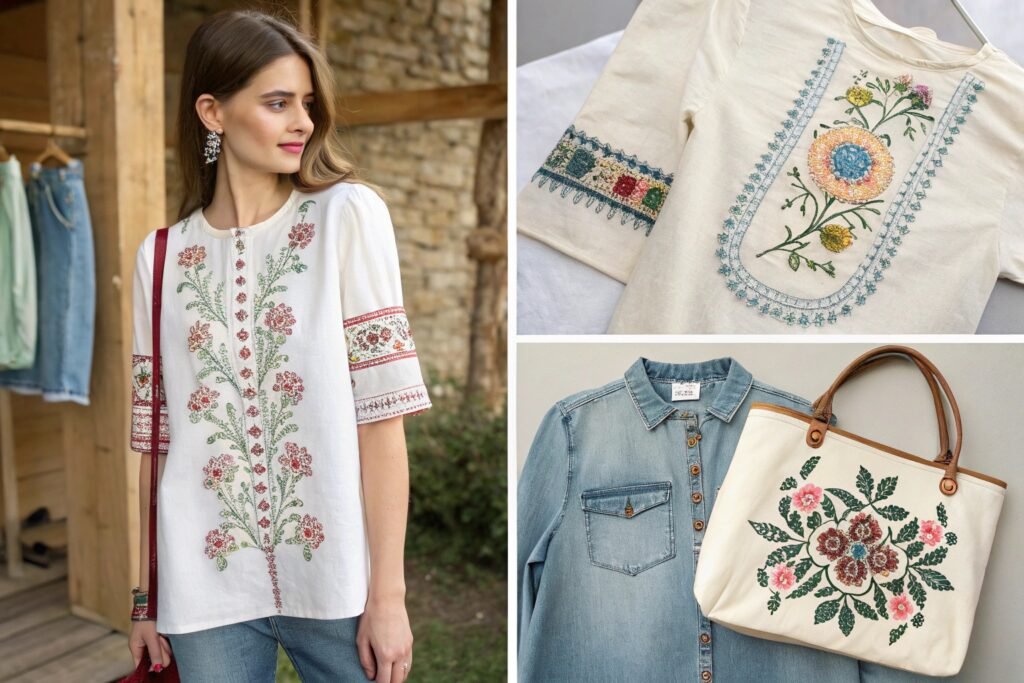
Is 3D Puff Embroidery Cost-Effective at Low MOQ?
Surprisingly, yes—especially for logos on hats or hoodies. 3D puff embroidery uses foam underneath dense satin stitches to raise the surface. It requires digitizing the artwork differently, but once programmed, machines can reproduce consistent results quickly.
For a US streetwear label we worked with, we produced 100 caps featuring bold puff embroidery in just one week. The textured look helped them differentiate their drop while keeping production lean. For reference, this guide outlines 3D embroidery essentials that we also follow in-house.
Are Embroidered Patches Better for Flexibility?
Absolutely. Patches can be pre-embroidered and heat-sealed onto various garments. This is ideal if you want to reuse designs across shirts, jackets, and bags without reconfiguring machines for each fabric.
We produce merrow edge and laser-cut patches in quantities as low as 50 units. They’re especially popular among indie brands running crowdfunding campaigns or testing new ideas. You can stock patches separately and apply them on-demand—saving both money and time.
How Can You Reduce Costs While Keeping Quality?
Balancing affordability and brand identity is crucial. High-end finishes are tempting, but overcomplicating production inflates unit cost.
You can reduce embroidery costs by simplifying design, bundling services, and selecting efficient base fabrics—all without compromising quality. We often act as both supplier and consultant to help brands hit pricing targets.
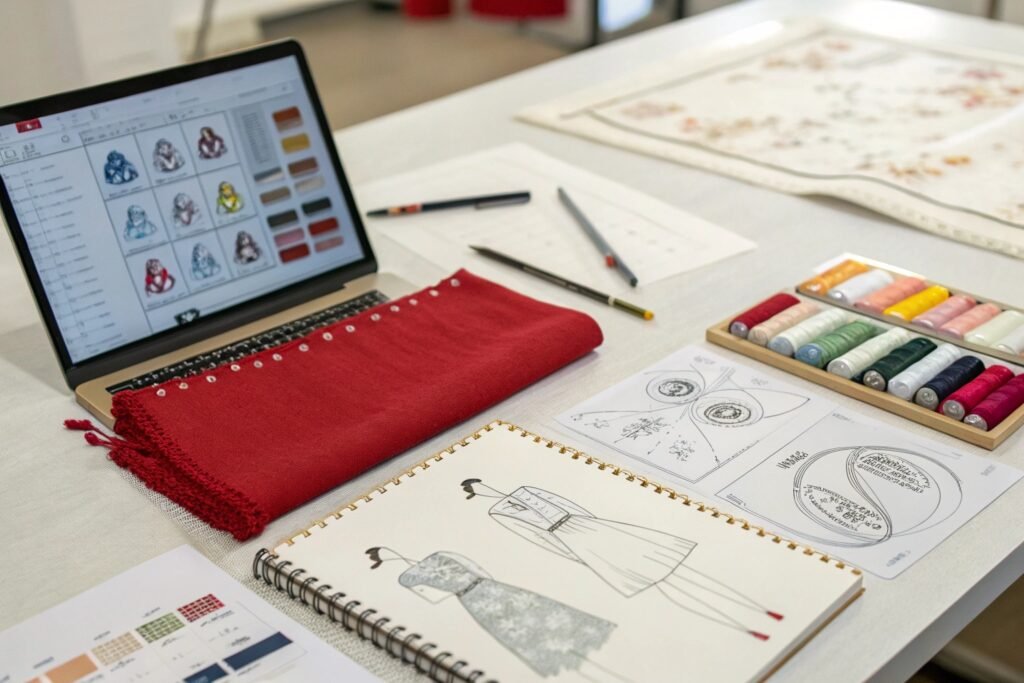
Should You Consolidate Fabric and Embroidery Orders?
Yes. One of the easiest ways to lower costs is to order fabric and embroidery from the same source. This eliminates transportation fees, coordination delays, and margin stacking. At Fumao, we provide complete cut-make-trim (CMT) services that integrate embroidery directly into the garment production flow.
A recent client saved 18% on their budget by letting us handle both dyed cotton jersey and chest embroidery. Fewer logistics headaches, faster delivery, and better consistency—especially on color-matched stitching—made the investment worthwhile. You can read more about CMT efficiency in apparel sourcing.
What Small Design Adjustments Lower the Price?
Design tweaks can dramatically affect cost. Removing fine outlines, limiting thread changes, or avoiding gradient shading simplifies digitization and stitching. Avoid placing embroidery over seams or zippers—these areas require special handling.
We also advise clients on thread choices. Swapping out metallic or specialty threads for polyester can save money while retaining visual impact. Even packaging matters: folding with soft wrap instead of hangers cuts shipping weight and unit cost. Check out this embroidery pricing guide for typical cost influencers we consider during quoting.
Conclusion
Small brands no longer need to compromise creativity due to high MOQs. By partnering with flexible embroidery suppliers like Fumao, you can launch with high-quality embroidered garments even on modest budgets. Whether you're prototyping your first capsule, testing retail reactions, or scaling a viral hit—there’s a path to make it affordable, fast, and brand-aligned. With the right support, even 50-piece runs can look and feel like global brand standards.

